Did you know that there is a moon that orbits its planet backwards? Or that there’s a dust cloud in our galaxy that smells like rum? Or how about how far it would be to stroll around Pluto at its equator?
Honestly, there’s so much more.
You’ll want to stick around for these 25 Fascinating Facts About Astronomy you’ve NEVER heard before.
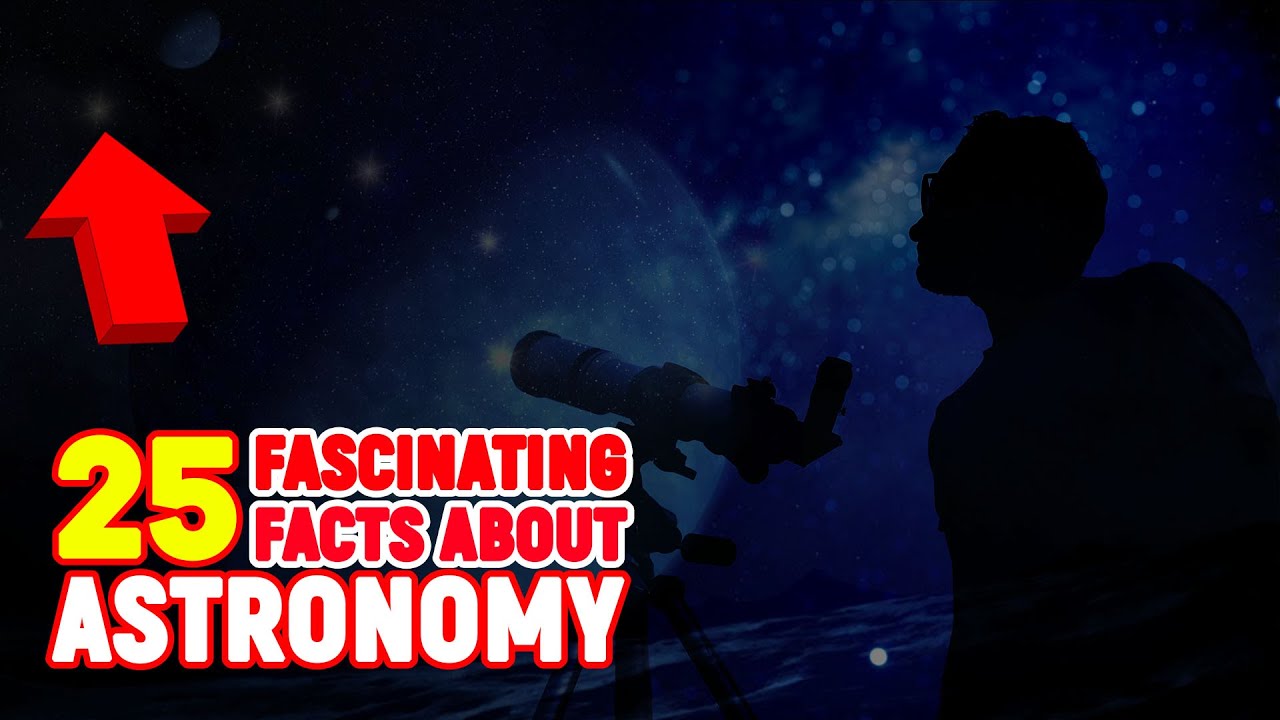
Mercury & the Hottest Planet
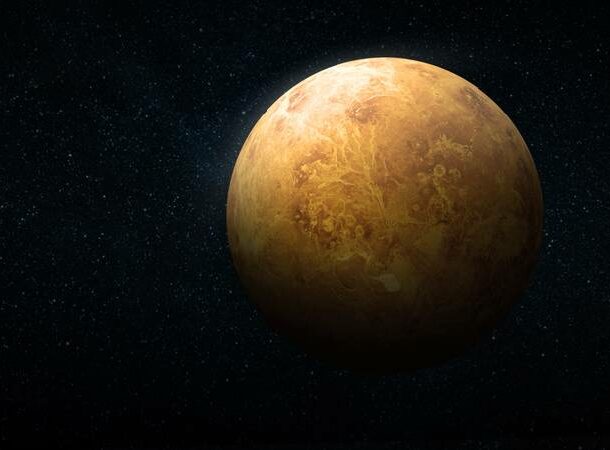
Have any guesses on which planet in our solar system is the hottest? You might be thinking of Mercury since it’s the closest planet to the sun. However, that title goes to Venus at a whopping 820 to 900 degrees Fahrenheit.
So why isn’t Mercury hotter? It has no atmosphere to help maintain temperatures, so there are a lot of temperature fluctuations.
It can sometimes reach 800 degrees during its “day,” but when Mercury is facing away from the sun, it plummets to minus 330 degrees.
The Changing North Star
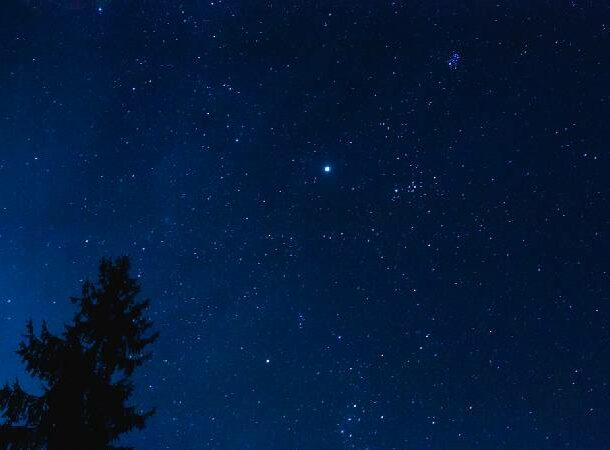
The North Star has been an important marker for navigation – our ancestors didn’t have GPS.
What’s interesting about the North Star is that *which* star is considered the North Star changes.
It’s not a random choice – it has to do with a process called “precession,” which is a change in our planet’s rotational axis.
Currently, our North Star is Polaris, but in about 12,000 years, it will be Vega. 26,000 years from then, it will go back to being Polaris.
Trees vs. Stars
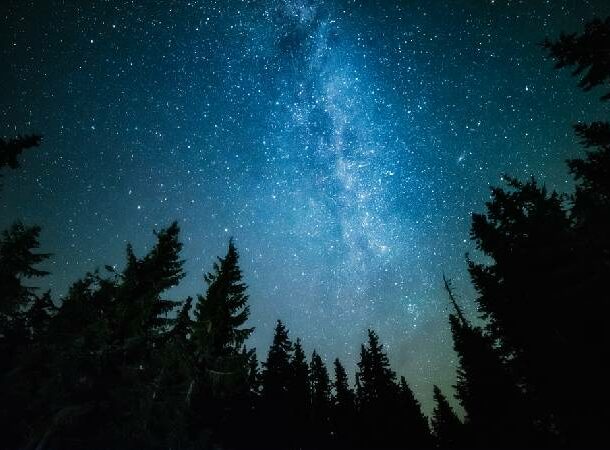
The number of stars in our galaxy may seem countless. However, did you know that there are more trees on Earth than there are stars in our galaxy?
There are an estimated 3 trillion trees on our planet, and only a “measly” 100-400 billion stars in the Milky Way.
Distance of a Light Year

What is a Light Year, anyway? Well, as the name starts to imply, it’s the amount of time it takes light to travel to Earth in one year. How does it relate to distance in space?
The math goes like this:
Light travels at 186,000 miles per second. Multiply that by all the seconds in a year and you have one Light Year equaling 6 trillion miles (9 trillion kilometers).
So, if a celestial object is one light year away, we know it’s 6 trillion miles or 9 trillion km away from us.
Yeah…Space is big.
We are Seeing the Past

Because it takes light from a certain object so long to reach us, what we are seeing now from Earth happened in the past.
Here’s an example – the sun is 8.3 light minutes away. Whenever we are looking at the sun (not directly and through a good pair of sunglasses), we are seeing how it was 8.3 minutes ago.
Space – What is it made of?
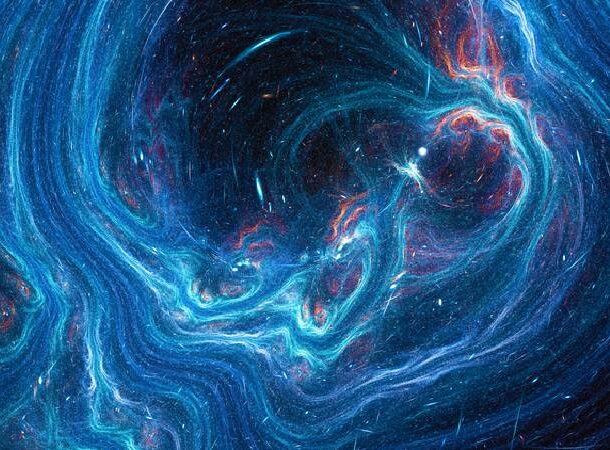
We focus a lot on planets, stars, moons, asteroids…but all those visible things only make up about 5% of Space.
So what about the other 95%?
27% of Space is dark matter – while scientists still aren’t sure what dark matter is made of exactly, it’s a mass that emits no light and no energy.
The remaining 68% is dark energy, which is thought to be responsible for the expansion of the universe.
The Sound of Space
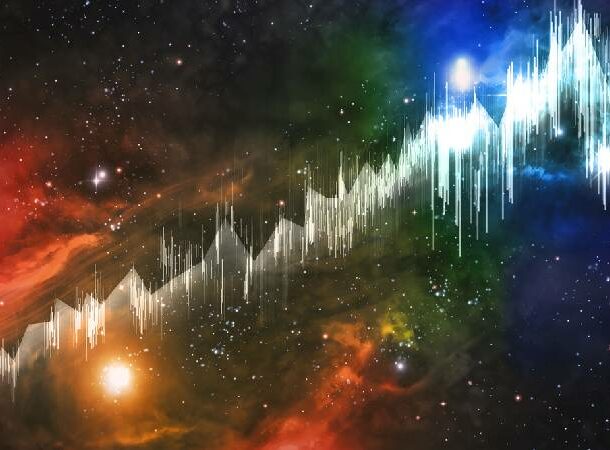
Because there is no atmosphere in Space, there’s no way for soundwaves to carry; therefore, Space is completely silent.
The Moon is Moving Away from the Earth
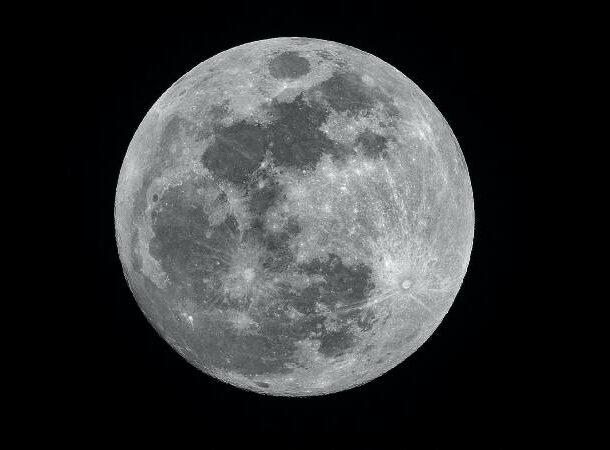
Because of the way the moon pulls on the Earth, the Earth loses a bit of energy while the moon gains it.
This boost in energy allows the moon to spiral outwards.
It’s only about 3.8cm a year, though, and scientists don’t believe it will fully break away from our gravitational pull for billions of years.
Some Galaxies are Visible with the Naked Eye
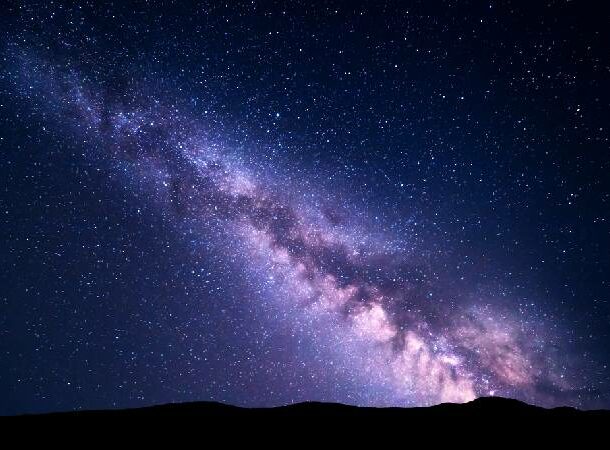
Galaxies are light years away, but there are a few of them that are still close enough to see, even with the naked eye.
These galaxies are the Milky Way, the Andromeda, the Triangulum, the Sculptor, and Centaurus A.
If you have *really* clear conditions, you can see Bode’s Galaxy, and if you are in the southern hemisphere, you can see the Magellanic Clouds.
Neutron Stars
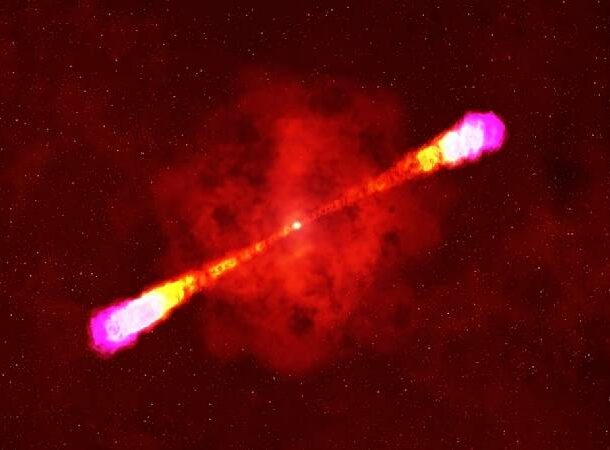
A neutron star is the collapsed core of a massive supergiant star.
That’s cool and all, but what’s fascinating about them is that they can rotate up to 600 times per second!
They are also so dense that just one teaspoon worth of a Neutron star would weigh 4 billion tons.
The Moon Isn’t Round
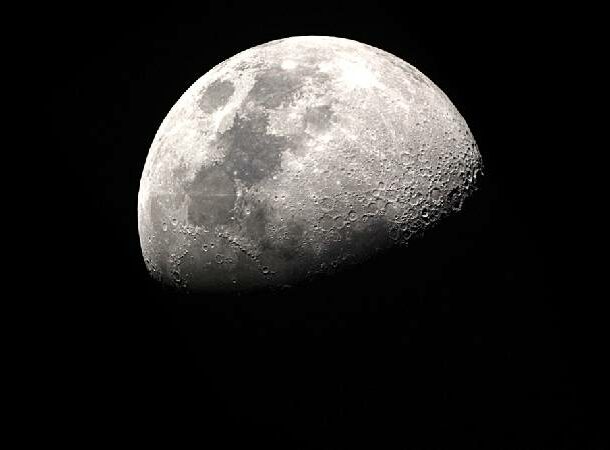
No, we aren’t starting a “Flat Moon” conspiracy theory here. It’s more like a lemon. Scientists think this due to interactions it had with the young Earth.
A Diamond Planet
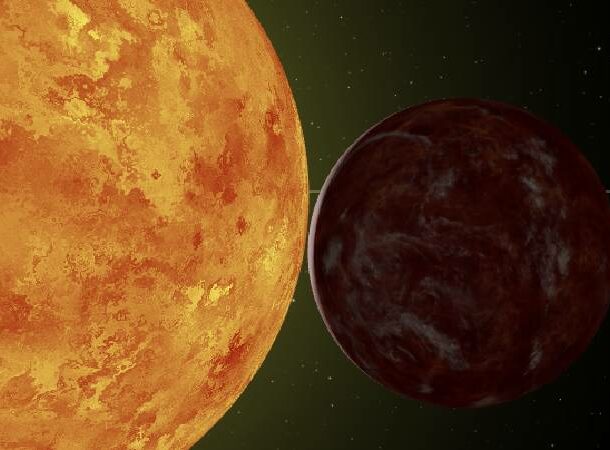
55 Cancri e, also known as the “Super Earth”, is twice the size of our planet, and it’s most likely covered in graphite and diamonds.
55 Cancri e is 40 light years from Earth in the constellation of Cancer.
Space Suit Leakage
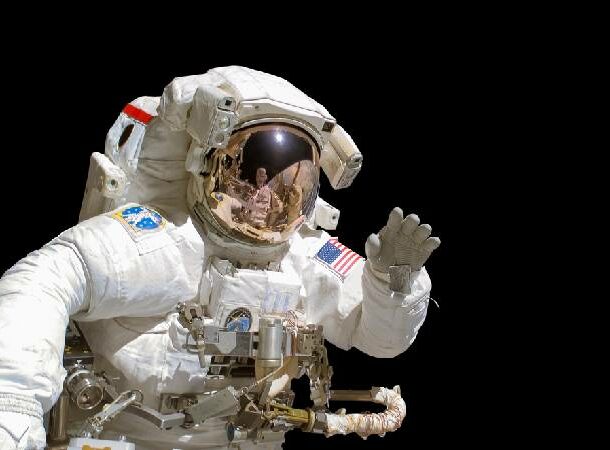
Allow us to get a bit, uh graphic here, but I’m sure someone is wondering – what happens to you if your space suit leaks?
Well, in short, you die. But not as quickly as you might think.
Due to the pressure vacuum, your blood and other bodily fluids would boil, then gas bubbles would form in those boiling fluids, causing you to bloat, and then the low humidity would cool you down so quickly that your eyes would freeze over.
This says nothing of what happens to your lungs, ears and sinus, or your soft tissues.
Thankfully, you’d lose consciousness in about 10 seconds. The rest of it would not kill you for another minute or two.
It’s not pretty. Basically, let’s hope there are no leaks.
Raspberries and Rum

In 2009, a team of scientists exploring a dust cloud in the Milky Way discovered the presence of ethyl formate – the chemical that is responsible for the smell of rum and the taste of raspberries.
Ban on Bread

As you might expect, there are a ton of checklists and safety rules for astronauts out exploring space. Because of the absence of gravity, crumbs from bread, cookies, and crackers are a no-go.
Could you imagine – you’re minding your own business, working in your spaceship, and a crumb from Bob’s sandwich floats into your eye…no thank you.
That’s just disrespectful. The crumbs could also interfere with important equipment, but that’s probably no biggie.
Crying in Space
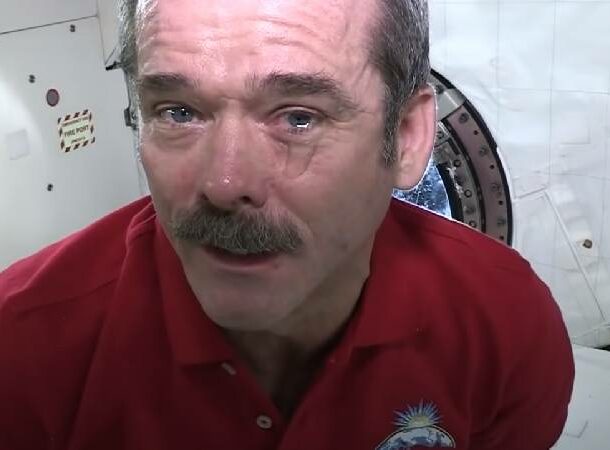
Speaking of zero-gravity, if astronauts get sad and cry, their tears form into Jell-O-like blobs under their eyes instead of rolling down their cheeks.
Gamma Ray Bursts
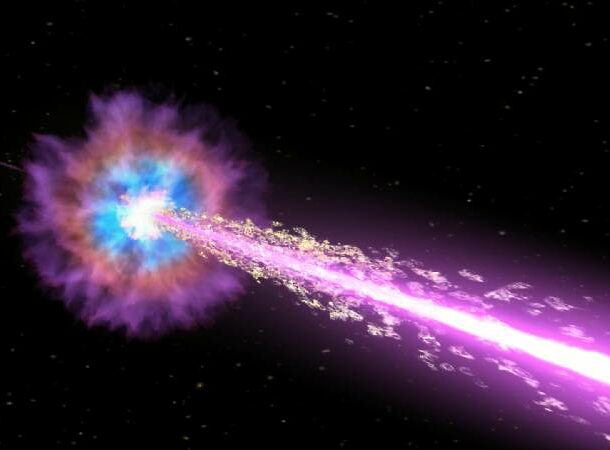
There are many epically powerful forces in Space. However, one such force we must mention is a Gamma Ray Burst.
These bursts might happen when two Neutron Stars collide or when a massive star implodes.
A Gamma Ray Burst is an intense flash of high-energy radiation. It releases more energy in 10 seconds than our sun will in its entire life.
A 9th Planet or a Black Hole?

At the edge of our solar system, far beyond Neptune, calculations and simulations gathered by teams of scientists show that there may be either a tiny black hole or a large planet.
If this object exists, it will go a long way in explaining the movements of some objects in the Kuiper Belt.
Twinkle, Twinkle, All the Stars
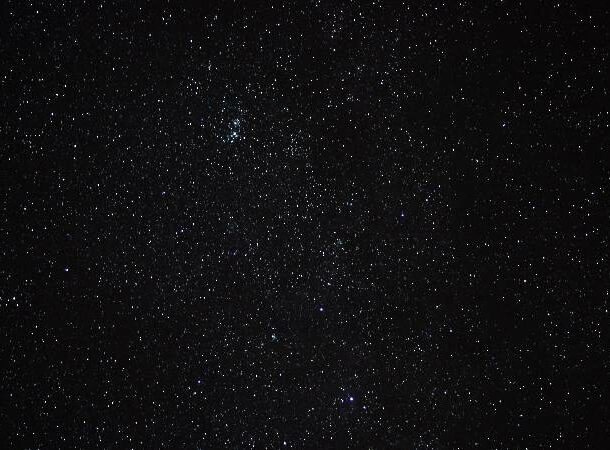
The stars in our sky appear to twinkle because of the way starlight is affected by the winds and temperatures as it enters our atmosphere.
Enceladus Reflection

Enceladus is one of Saturn’s 53 confirmed moons. While many planets and moons absorb sunlight, this one reflects up to 90% of it.
Because of that, Enceladus is -394 degrees Fahrenheit or -201 degrees Celsius.
A Year on Neptune
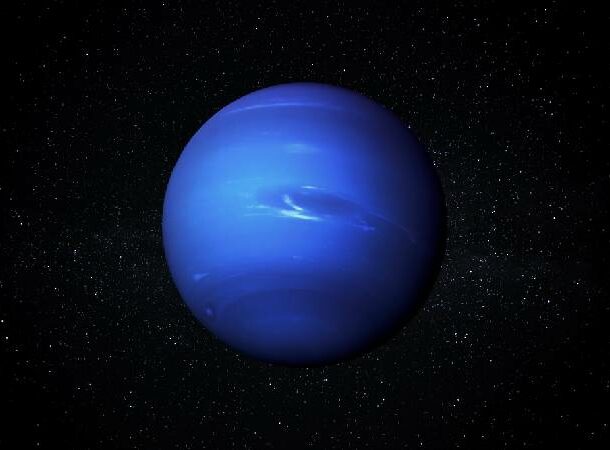
Because of its distance from the sun, it takes Neptune 165 Earth years to make just 1 orbit around the sun.
Pluto
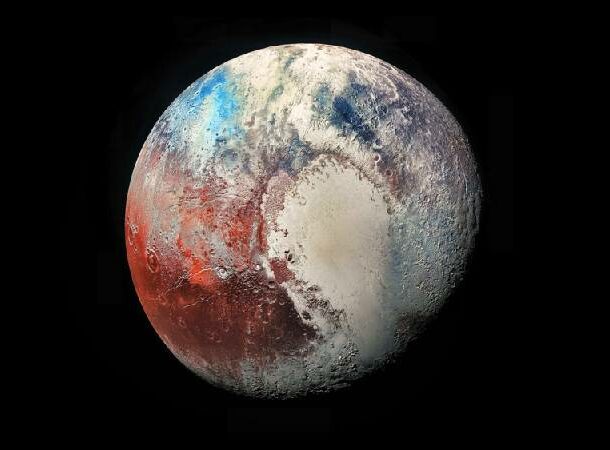
Okay, I was a bit upset when poor Pluto got demoted from planet status.
How else can I complete the mnemonic, “My Very Excellent Mother Just Served Us Nine Pizzas”?
Then I learned that Pluto is smaller than the United States and the whole “Dwarf Planet” thing makes sense.
I’m still sad about the pizza, but to put this into perspective – if you wanted to travel around the equator of Pluto, it would be roughly the distance from London to Denver.
Triton’s Retrograde Orbit
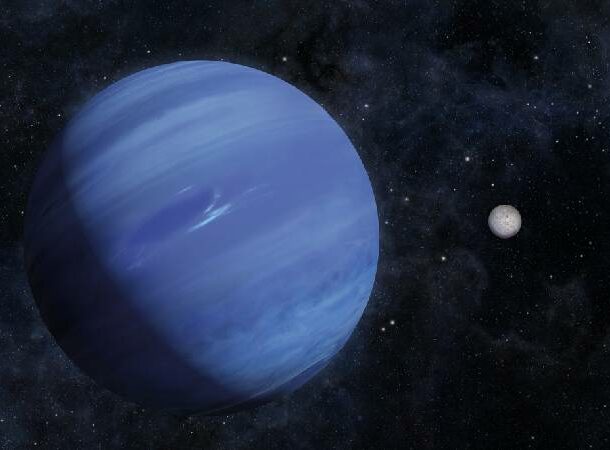
One of Neptune’s moons, Triton, orbits the planet backwards, and it’s the only large moon in our solar system to do this.
Add this to one of the many questions scientists are still trying to figure out. Astronomers still aren’t sure why this happens.
Metallic Snow and Rain on Venus
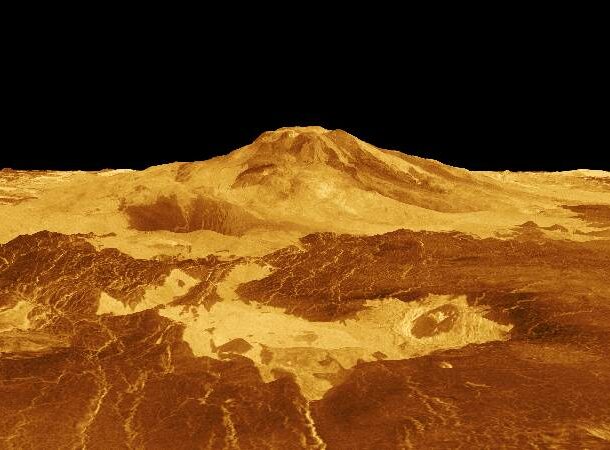
Venus is the hottest planet in our solar system. Not only does it reach over 800 degrees Fahrenheit, it’s also full of sulfuric acid.
This causes the planet’s metals to become gas and then liquid in the atmosphere – then when it rains down, the temperatures on the ground return it to a solid.
We’re not sure an umbrella would help if you were caught in that storm.
Saturn’s Epic Storm
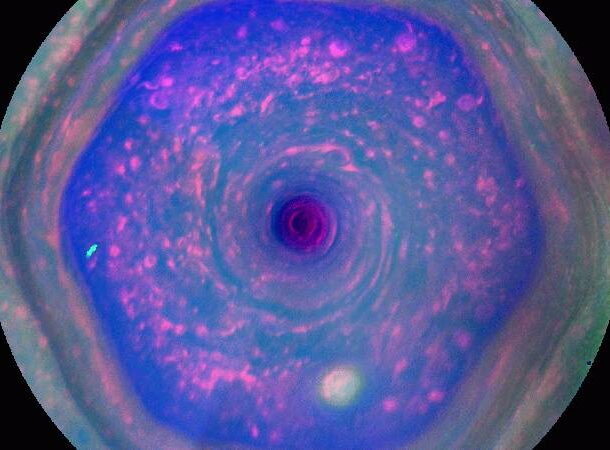
Speaking of storms, wait ‘til you hear about this one.
On the northern hemisphere of Saturn, there is a huge, multilayered storm that’s been raging for decades, at least.
This storm is shaped like a hexagon and is 180 miles (300 km) tall, 20,000 miles (32,000 km) wide, and has wind speeds of about 200 mph (320 km/h).



























